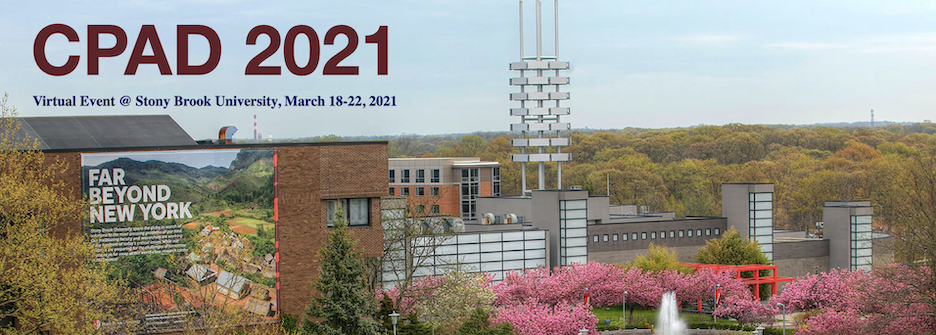Speaker
Description
The luminosity of the High Luminosity Large Hadron Collider (HL-LHC) will be increased to 7.5×10$^{34}$cm$^{−2}$s$^{−1}$ in Run 4 that will start in 2027. The expected integrated luminosity will be 3000-4000 fb$^{-1}$ at the end of the HL-LHC operation. The liquid argon calorimeter consists of electromagnetic barrel, electromagnetic end-cap, hadronic endcap and forward calorimeter. The electronics readout for the current liquid argon calorimeter will be upgraded to meet the requirements of the upgraded trigger rate of 1 MHz. The upgrade includes new front-end boards (FEB2) to sample and digitize total 182,468 calorimeter cell signals by using custom ADC with 40MHz sampling rate and 14-bit resolution, new liquid argon signal processors (LASP) to process the data in high performance Filed Programmable Gate Array (FPGA), new liquid argon timing trigger control distribution and front-end monitoring/configuration (LATOURNETT) to distribute the trigger, timing and control (TTC) signals, and new calibration board to emulate the response of the calorimeter cells.
A radiation hardness pre-amplifier and shaper ALFE is being developed in CMOS 130nm technology to meet the requirement of the LAr signal processing. The ALFE amplifies the calorimeter signals with a dynamic range up to 16 bits, transforms the signal to a multi-gain differential output, and uses CR-(RC)$^2$ circuit to shape the signal to match the signal processing requirements. To evaluate the performance of the LAr upgrade for HL-LHC, a system integration platform is being developed. The system consists of calorimeter signal injection to emulate the detector signal, FELIX based data acquisition system to receive front-end electronics data, and back-end electronics to process data in FPGA. The system integration will evaluate the function and performance of the FEB2, LASP, LATOURNETT and also the full chain of the data processing, from calorimeter signal injection to the trigger and data acquisition (TDAQ) system of ATLAS.
The status of the upgrade will be introduced. Some test results of the ALFE prototype and studies on the system integration will be presented.
